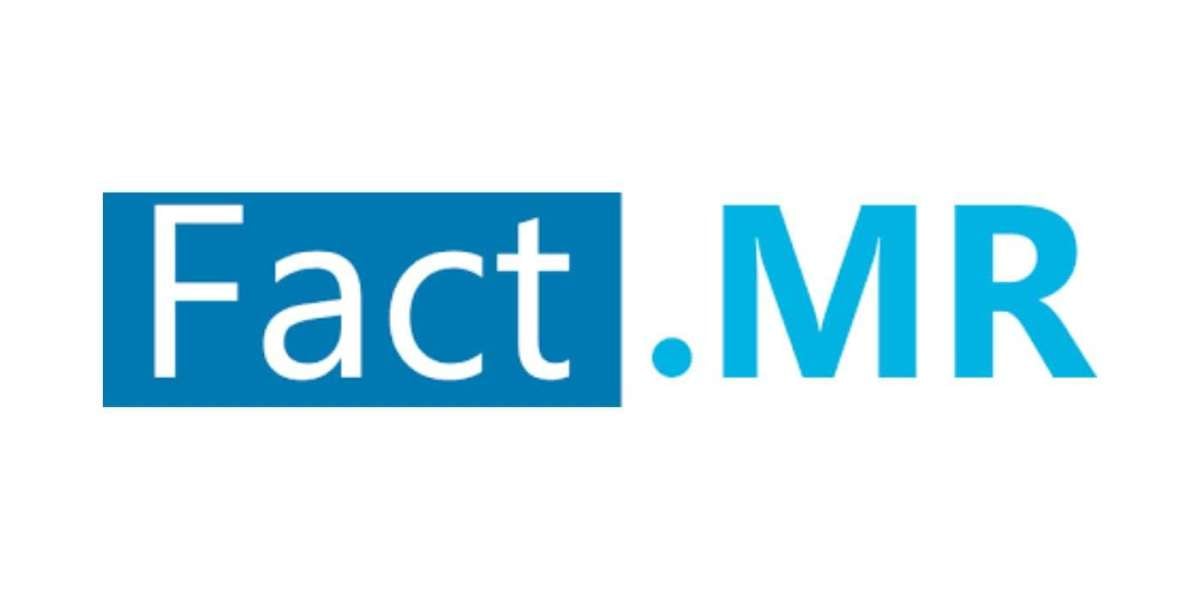Cleaning Validation is a critical aspect of process validation in industries where cleanliness is paramount, such as pharmaceuticals, food production, and manufacturing. It ensures that equipment used in production processes is thoroughly cleaned to prevent cross-contamination and maintain product quality and safety. In this article, we'll explore the significance of cleaning validation and how advancements like paperless validation are transforming this essential process.
Understanding Cleaning Validation
Cleaning validation is the documented process of ensuring that equipment used in the manufacturing or processing of products is consistently cleaned to predetermined standards. This validation process is essential to meet regulatory requirements and ensure product quality and safety. It involves a series of steps, including identification of critical cleaning steps, selection of cleaning agents, establishment of acceptance criteria, and execution of cleaning procedures.
Role of Process Validation
Process validation, on the other hand, is the documented evidence that a process consistently produces a product meeting its predetermined specifications and quality attributes. It encompasses three stages: process design, process qualification, and continued process verification. Cleaning validation falls under the umbrella of Process Validation as it ensures that cleaning processes are effectively removing residues and contaminants, thereby maintaining the integrity of the production process.
Transition to Paperless Validation
Traditionally, validation processes have relied heavily on paper-based documentation, which can be cumbersome, time-consuming, and prone to errors. However, with the advancement of technology, there is a growing trend towards paperless validation systems. These systems leverage electronic documentation, automated workflows, and digital signatures to streamline the validation process, reduce paperwork, and enhance data integrity and accessibility.
Benefits of Paperless Validation in Cleaning Validation
Paperless validation offers several advantages over traditional methods, particularly in the context of cleaning validation. Firstly, electronic documentation enables real-time monitoring and tracking of cleaning activities, facilitating timely interventions and corrective actions if deviations occur. Secondly, automated workflows ensure consistency and standardization across cleaning processes, minimizing the risk of errors and non-compliance. Finally, digital signatures provide authentication and traceability, enhancing the overall integrity and auditability of the validation process.
Conclusion
In conclusion, cleaning validation plays a vital role in ensuring the cleanliness and integrity of equipment used in production processes. As part of process validation, it ensures that cleaning procedures are effective in preventing cross-contamination and maintaining product quality and safety. With the advent of paperless validation systems, the validation process is becoming more efficient, transparent, and compliant. By embracing these advancements, industries can enhance their cleaning validation processes and ultimately deliver safer and higher-quality products to consumers.



